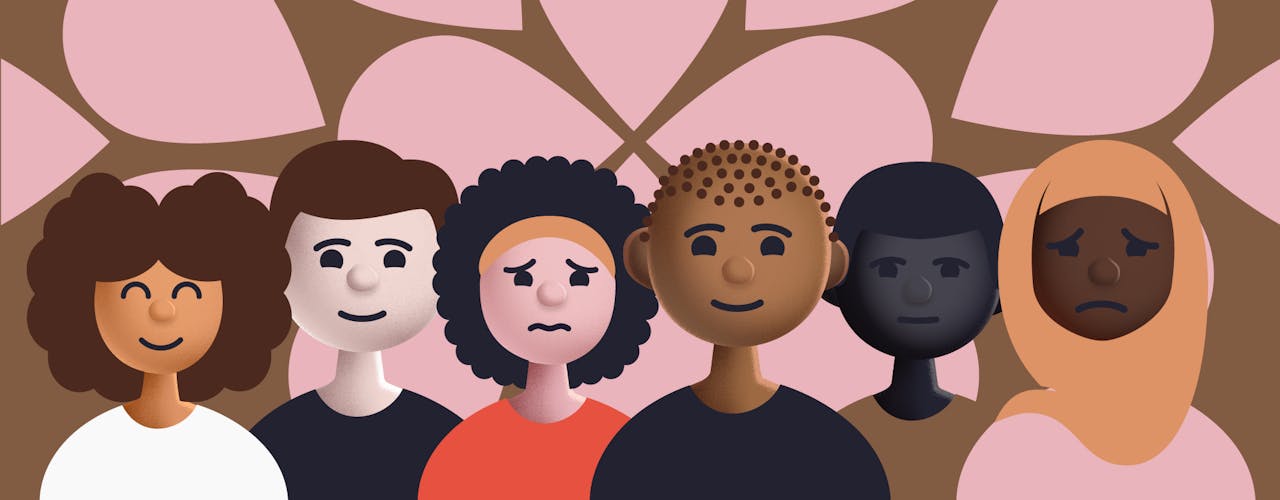Protect Children from Cross-Border Traffickers

As conflict escalates in parts of the Democratic Republic of Congo, Sudan, South Sudan, Somalia, and Ethiopia, the risk of child trafficking grows. Instability displaces families, breaks down law enforcement systems, and exposes children to exploitation. Traffickers seize these moments of crisis, moving easily across porous borders and targeting affected families. To help the children, we have to speak up. No child is for sale!
The Hidden Crisis: Trafficking and Exploitation in Kenya and Beyond.
In Kenya’s capital, Nairobi, the signs of this crisis are hiding in plain sight. Walk through major roads and you will see beggars at intersections, supermarket entrances, and matatu stops. Many of them are children. Some have visible disabilities, and are even in wheelchairs. Others are toddlers sitting beside weary-looking women asking for handouts. At first glance, it looks like poverty. But for many, the real story is far darker: a trafficking network exploiting vulnerable children for profit.
Investigations, including a BBC Africa Eye documentary, have revealed a disturbing pattern: children with disabilities are being trafficked from neighbouring countries such as Tanzania into Kenya. Families are tricked with promises of better care and education, but once the children arrive, they are forced into a life of begging under the watch of handlers. They collect money all day, and none of it is theirs. They are housed in overcrowded, unsafe shelters and constantly monitored. This is modern-day slavery, operating in broad daylight.
Traffickers thrive in times of chaos. During conflict and crisis, borders become more porous, and law enforcement is often overstretched or compromised. Trafficking networks exploit this instability to move children, youth, and women across countries as part of organised, well-coordinated operations. And it is not just girls, boys are targeted too.

Border Towns, Uganda, and Regional Vulnerabilities
In border towns like Moyale, the situation is especially severe. Research by Terre des Hommes Netherlands found that over 90% of trafficking cases there are cross-border, involving children from Ethiopia. Once trafficked into Kenya, they are exploited for begging, domestic work, or sexual abuse. In some extreme cases, children are intentionally injured to increase their “earning potential” on the streets.
Uganda faces similar issues. In regions such as Karamoja, children are reportedly sold for as little as $5, trafficked into cities like Kampala and Nairobi, and forced to beg. Some are drugged to keep them subdued all day. Others, many with disabilities, are made to walk barefoot over long distances to busy streets where handlers monitor them from a distance. In many Nairobi homes today, you will find many underage girls doing domestic work who are from Uganda.
Community Action and the Role of Local Organisations
So, what can be done?
It starts with us. Responses must begin at the grassroots. In many communities, traffickers are known but rarely reported. Sometimes, they are even shielded. It starts with us. If you are the one hiring an underage nanny from Uganda, then you should be held accountable!
This is where local organisations play a critical role.
For instance, ChildFund is partnering with communities and local governments to combat child trafficking and exploitation through education and protection programs. In Kenya, Ethiopia, and Uganda, the organisation educates children about their rights, trains communities to identify red flags, and offers psychosocial support to survivors.
Similarly, Terre des Hommes Netherlands partners with local governments, law enforcement, and grassroots groups to raise awareness, train border officials to monitor, intercept, and report trafficking cases, and promote safe migration, while strengthening cross-border task forces to detect and respond to trafficking cases.

Tackling Digital Risks and Strengthening Systems
But awareness alone is not enough.
Technology is also playing a growing role in facilitating trafficking. Exploitation often begins online, through social media and deceptive recruitment platforms, before moving offline. Traffickers use digital tools to lure children and families with false promises, arrange cross-border movements, and evade detection. Any serious response to child trafficking must include investment in digital monitoring, online safety education, and cybercrime enforcement.
Governments across East and the Horn of Africa must step up investment in social protection systems. Child welfare officers need the training, staffing, and resources to intervene early. Teachers must be empowered to identify and report suspected trafficking cases. Health facilities should routinely screen for signs of abuse.
Cross-border collaboration is also vital. Child trafficking is a transnational crime and must be treated as such. Bilateral agreements between countries must be strengthened and enforced to enable the safe rescue, repatriation, and reintegration of survivors and to hold traffickers accountable. Intelligence-sharing, joint patrols, and harmonized laws are key to dismantling trafficking networks that exploit legal and geographic loopholes.
Children’s officers and social workers in border counties must be supported with tools and systems that allow them to identify trafficked children and safely return them home. No officer should have to respond to a crisis without the means to protect a child’s life.
Real Change Begins with Us
Most importantly, real and lasting change begins in communities. Each of us has a role to play. If you see or suspect a case of child trafficking, speak up, report it to the authorities, community leaders, or trusted organizations. Silence enables exploitation. Protection starts with awareness, courage, and action. No child is for sale.
Op-ed article written by Raphael Kariuki, Regional Director, Africa, Terre des Hommes Netherlands (email: r.kariuki@tdh.nl) and Chege Ngugi, Africa Regional Director, ChildFund International (email: cngugi@childfund.org).


